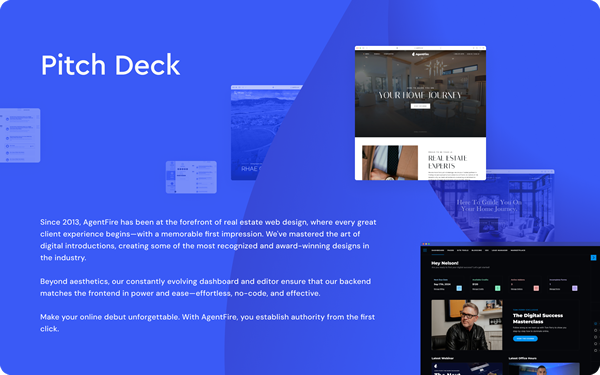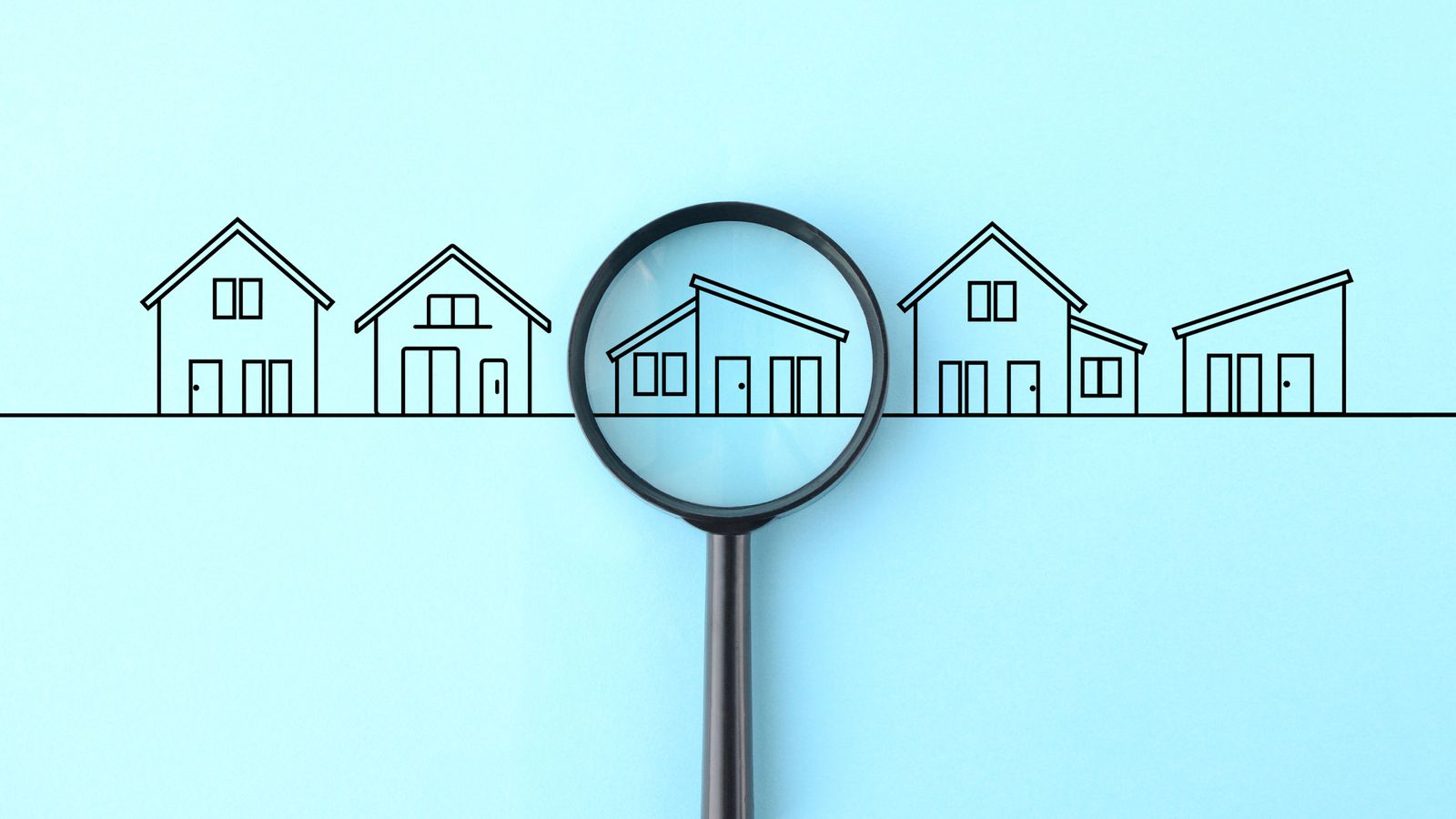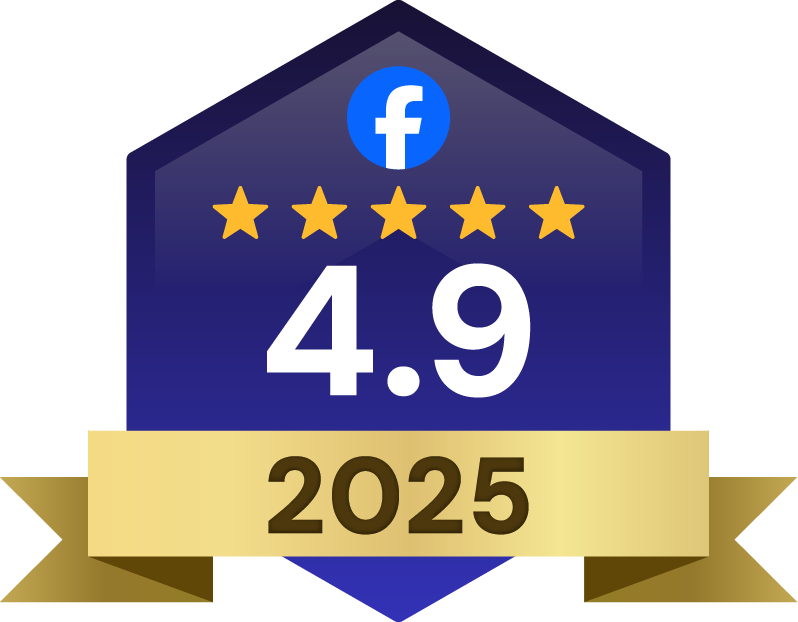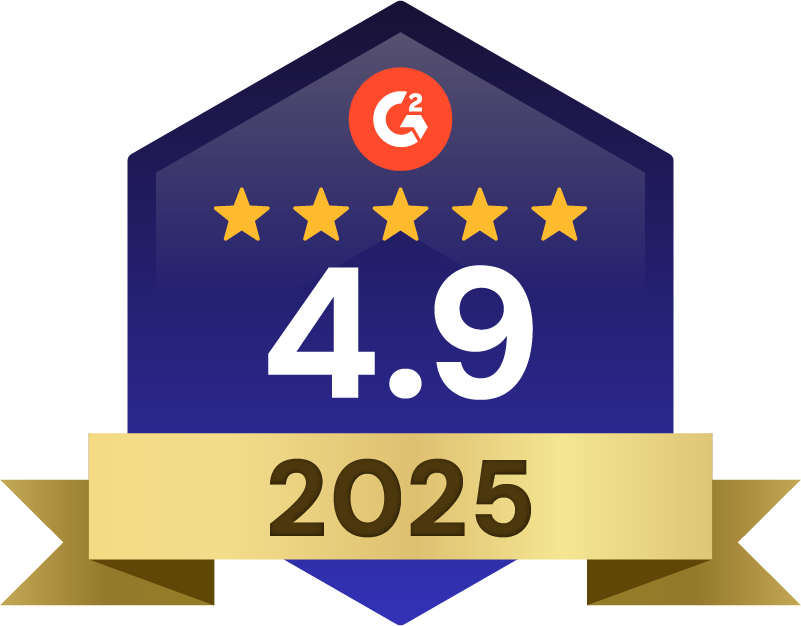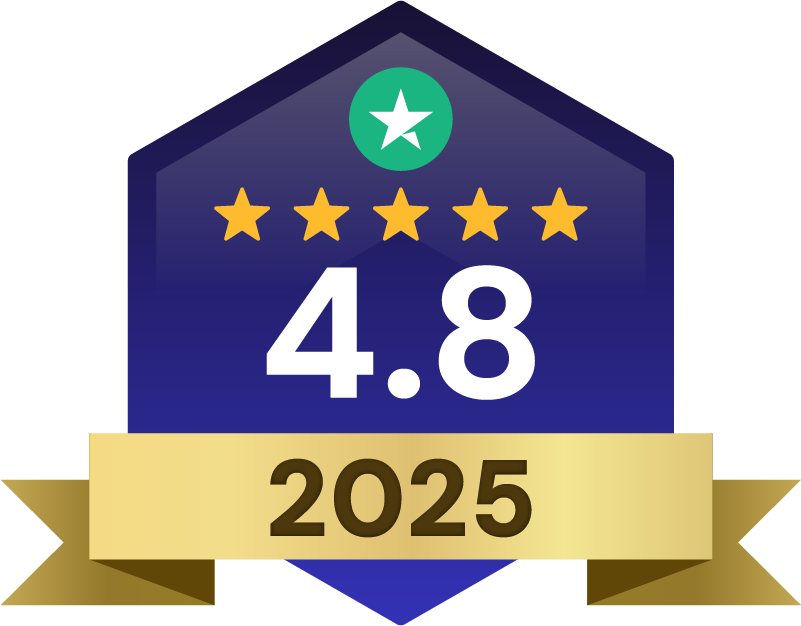Open house marketing strategies that attract serious buyers. Learn proven tactics to increase attendance and turn visitors into real estate clients.
Branding & Design Content Marketing Seller Tactics
Open house marketing is a common practice in real estate, but the way it is done can vary widely. Many agents still rely on basic strategies, such as posting a sign and hoping for foot traffic, rather than conducting a successful real estate agent open house. These methods are often easy to execute but don’t always lead to strong results.
A more advanced approach involves planning, data, and strategic outreach to attract the right visitors. It focuses on turning casual attendees into serious leads and, eventually, clients. This approach uses tools like digital advertising, social media, and lead capture technology to improve outcomes.
This article outlines 25 advanced open house marketing techniques designed to make each event more effective. These strategies are based on industry research and current best practices.
Why Open House Marketing Matters
Traditional open house events can result in low conversion rates. Most attendees visit out of curiosity rather than serious buying intent. However, open houses remain valuable as lead generation tools. When marketed strategically, they create opportunities to collect contact information, build relationships, and demonstrate expertise.
Advanced marketing includes techniques like digital targeting, professional staging, and follow-up systems. These tactics increase visibility and attract more qualified visitors.
The real estate landscape has evolved. Buyers now expect a more polished, tech-savvy experience. Agents who adapt to these expectations are more likely to convert visitors into clients.
Strategic Planning for Maximum Attendance
1. Use Local Market Data
Successful open houses start with understanding the neighborhood. Review area demographics to match the property with likely buyer profiles. For example, homes near schools might appeal to families, while downtown condos attract young professionals.
Recent sales data helps identify buyer activity patterns in the area. This information guides decisions about timing and marketing approach.
Tools like MLS, Census Bureau data, and real estate analytics platforms provide valuable insights for planning.
2. Choose the Right Time
Different days and times attract different audiences:
- Weekday evenings: Attract working professionals with higher buying intent but lower overall numbers
- Weekend mornings: Appeal to families who prefer touring homes earlier in the day
- Weekend afternoons: Generate the highest overall traffic, including both serious buyers and casual browsers
The best timing depends on your property type and target audience. Monitoring nearby listings helps avoid scheduling conflicts with other open houses.
3. Create a Property-Specific Theme
Themes make open houses more memorable and engaging. They can be based on:
- Seasonal elements (spring garden tours, summer outdoor living, fall harvest, winter coziness)
- Property features (mid-century modern design, smart home technology, outdoor entertainment)
- Neighborhood highlights (walkable downtown, family-friendly community, resort-style living)
A thoughtful theme guides your decor, refreshments, and marketing materials. It helps visitors envision themselves living in the space.

Essential Marketing Materials
4. Design Eye-Catching Flyers
Effective open house flyers include:
- Property address and open house date/time
- High-quality photos highlighting key features
- Brief, compelling property description
- Agent contact information
- QR code linking to property website or virtual tour
Distribute flyers at local businesses, community centers, and to neighbors. Both print and digital versions extend your reach.
5. Create Bold Digital Graphics
Digital ads need specific sizing for each platform:
- Facebook: 1200 x 628 pixels
- Instagram feed: 1080 x 1080 pixels
- Instagram Stories: 1080 x 1920 pixels
Keep text minimal and include a clear call-to-action like “Join Us” or “Learn More.” Use online design tools like Canva or Adobe Express to maintain consistent branding.
6. Develop a Property Highlight Sheet
Create a one-page document showcasing:
- Key property features and upgrades
- Neighborhood amenities and school information
- Recent comparable sales
- Mortgage payment estimates at current rates
This gives visitors something tangible to take home and reference later.
Digital Advertising Strategies
7. Run Hyperlocal Facebook Campaigns
Facebook allows precise geographic targeting to reach potential buyers in specific neighborhoods. For best results:
- Set a radius of 1-5 miles around the property
- Target adults who match your buyer profile
- Budget $50-150 per open house
- Start ads 5-7 days before the event
- Include clear event details and compelling images
Link ads to a landing page where visitors can RSVP or get more information.
8. Use Instagram Stories and Reels
Short-form video content builds excitement before the event:
- Create 15-30 second property teasers showing exterior and key interior features
- Use Instagram Stories to share “behind the scenes” preparation
- Add music, text overlays, and location tags
- Include a link or QR code for more information
During the event, post live updates to make contact with those not attending.
9. Create Email Invitations
Send targeted email invitations to:
- Past clients who might know someone looking in the area
- Buyers currently working with you
- Neighbors who might be curious or know potential buyers
Include all event details, property highlights, and a way to RSVP or ask questions.
Enhancing the Visitor Experience
10. Set Up Digital Sign-In
Replace paper sign-in sheets with digital sign-in sheets:
- Tablet-based forms using Google Forms or specialized real estate apps
- QR codes linking to mobile-friendly sign-in pages
- Digital business cards that visitors can save directly to their phones
These systems capture accurate contact information and connect directly to your CRM for follow-up.
11. Optimize Traffic Flow
Arrange furniture to create a natural path through the home:
- Keep entrances and hallways clear
- Create conversation areas in larger rooms
- Use subtle visual cues like rugs or lighting to highlight special features
- Place information cards near unique or upgraded elements
A well-planned layout helps visitors see the home’s potential without feeling crowded or confused.
12. Offer Property-Specific Refreshments
Simple refreshments make visitors feel welcome and encourage them to stay longer:
- Choose items that match your theme (lemonade for summer, hot chocolate for winter)
- Include property-related treats (cookies shaped like the house, drinks named after neighborhood landmarks)
- Provide branded napkins or cups as subtle marketing
Refreshments create natural conversation opportunities as visitors help themselves.
Creative Engagement Strategies
13. Create Neighborhood Quizzes
Interactive quizzes engage visitors while collecting information about their interests:
- Ask 5-7 questions about local amenities, schools, or property features
- Include a mix of easy and more specific questions
- Offer a small prize for participation
- Require contact information to enter
This activity starts conversations about the neighborhood and helps identify serious buyers.
14. Host Mini-Workshops
Brief informational sessions add value to the open house experience:
- Home maintenance tips related to the property
- First-time homebuyer information
- Local market trends
- Renovation or design ideas for the space
Schedule these for specific times during the open house and promote them in your marketing.
15. Partner with Local Businesses
Collaborations with nearby shops or services enhance your event:
- Local coffee shop providing refreshments
- Neighborhood restaurant offering samples or coupons
- Home service providers sharing information
- Interior designers offering quick consultations
These partnerships benefit both businesses and create a community-focused atmosphere.
Conversation Starters That Convert
16. Ask About Home Features
Instead of “Do you like the house?” try more specific questions:
- “Which features are most important in your next home?”
- “How does this kitchen layout compare to your current one?”
- “Would this floor plan work for your lifestyle?”
These questions reveal preferences and buying motivations.
17. Discuss Neighborhood Benefits
Highlight local knowledge with questions like:
- “Are you familiar with this neighborhood?”
- “What areas are you currently considering?”
- “Have you visited any of the nearby parks/restaurants/shops?”
Your answers can showcase your expertise and the property’s location advantages.
18. Explore Timing and Motivation
Gentle questions about timing help qualify leads:
- “What’s your timeframe for finding a new home?”
- “Are you just starting your search or have you been looking for a while?”
- “Do you have a home to sell before buying?”
This information helps prioritize follow-up after the event.

Lead Capture and Follow-Up
19. Offer Valuable Incentives
Encourage visitors to provide contact information by offering:
- Digital property packages with additional photos and information
- Market reports for the neighborhood
- Home buying or selling guides
- Entry into a drawing for a local restaurant gift card
The incentive should provide genuine value related to real estate or the local area.
20. Set Up Automated Email Sequences
Create a series of follow-up emails triggered when someone attends your open house:
- First email (within 24 hours): Thank you with property details and photos
- Second email (2-3 days later): Additional information about the neighborhood
- Third email (5-7 days later): Similar properties or market updates
- Fourth email (10-14 days later): Invitation to connect or schedule a consultation
Personalize these messages based on any specific interests noted during the open house.
21. Send Personalized Text Messages
Brief, friendly text messages often get better response rates than emails:
- Send within 24-48 hours of the event
- Reference something specific from your conversation
- Include a clear next step or question
- Keep it conversational rather than sales-focused
Always follow text messaging regulations and provide an easy way to opt out.
Brand-Building Opportunities
22. Display Client Success Stories
Share testimonials that build credibility:
- Place framed quotes or a digital slideshow in a visible location
- Include before/after photos of past client experiences
- Have printed cards with QR codes linking to video testimonials
These stories show potential clients what it’s like to work with you.
23. Maintain Consistent Branding
Every element of your open house should reflect your professional brand:
- Use the same colors, fonts, and logo on all materials
- Dress in a way that matches your brand personality
- Ensure all digital and print materials have a cohesive look
- Place branded items strategically throughout the property
Consistency builds recognition and reinforces your professionalism.
24. Create Shareable Photo Opportunities
Set up Instagram-worthy spots that encourage visitors to share on social media:
- A branded photo frame or backdrop
- Clever property-related props
- A beautiful vignette that showcases a key feature
- A seasonal or themed display
When visitors share these photos, they extend your marketing reach.
25. Provide Valuable Takeaways
Send visitors home with useful items that keep you top of mind:
- Neighborhood guides with local recommendations
- Home maintenance checklists
- Moving timelines or checklists
- Branded items that will be used regularly (pens, notepads, reusable bags)
These resources provide ongoing value long after the open house ends.
Taking Your Open House Marketing to the Next Level
Effective open house marketing combines traditional techniques with digital strategies. The most successful agents plan thoroughly, create engaging experiences, capture lead information efficiently, and follow up consistently.
Each open house is an opportunity to showcase not just a property, but your expertise and professionalism. By implementing these advanced marketing techniques, you can transform casual visitors into clients and generate referrals.
Remember that technology can streamline many aspects of open house marketing. Tools like AgentFire’s website platform offer features for creating event landing pages, capturing leads, and automating follow-up. These tools help you focus on what matters most: connecting with potential clients and building relationships.
To learn more about how technology can enhance your open house marketing, visit AgentFire’s demo scheduling page.
FAQs About Open House Marketing
How much should I budget for marketing an open house?
A typical open house marketing budget ranges from $200-500, depending on the property’s price point and your marketing approach. This includes digital ads, printed materials, refreshments, and optional services like photography.
When is the best time to start promoting an open house?
Begin digital promotion 7-10 days before the event and physical marketing (signs, flyers) 3-5 days in advance. This timing gives potential attendees enough notice without letting the event slip from their minds.
How can I measure if my open house marketing was successful?
Track attendance numbers, lead capture rate (percentage of attendees who provided contact information), and follow-up conversion rate (how many leads became clients or scheduled showings).
What’s the most effective advertising method for open houses?
A combination of digital and physical marketing works best. Facebook ads with hyperlocal targeting typically provide the highest ROI, while directional signs and neighbor notifications help drive local traffic.
How do I create professional marketing materials on a budget?
Use design tools like Canva or Adobe Express, which offer templates for flyers, social posts, and digital ads. These platforms allow customization with your branding at little to no cost.

